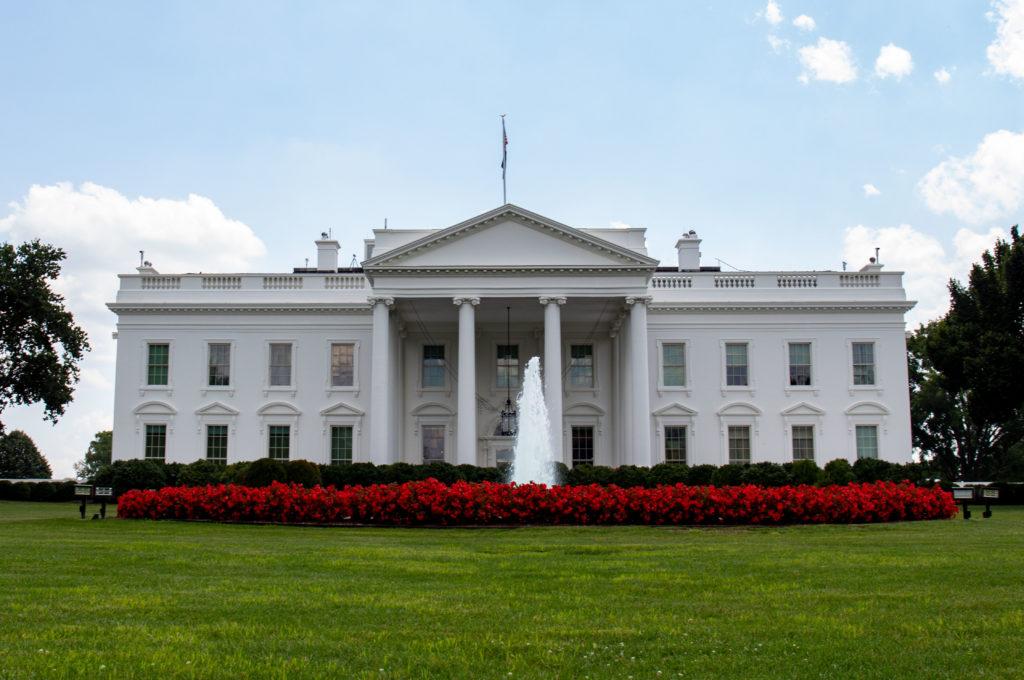Updated on Nov. 9, 2012 at 12:44 p.m.
For more than a decade, GW has misreported the percentage of its freshman class who graduated in the top 10 percent of their high school class by a margin of up to 20 percent, University officials said Thursday.
The University had tabulated 78 percent of the Class of 2015 as top high school students, but this summer the provost’s office spotted an error in GW’s record-keeping that showed the figure was actually 58 percent – a finding that could bruise GW’s national ranking.
The coveted U.S. News & World Report ranking – the gold standard in higher education – weighs the statistic as about 6 percent of its total methodology. GW holds the No. 51 slot, a ranking that has remained mostly stagnant for more than a decade.
Forrest Maltzman, the senior vice provost for academic affairs and planning, said the error was accidental and stemmed from data collection mishaps by the Office of Undergraduate Admissions.
About two-thirds of high schools nationwide don’t rank their students. But the admissions office counted admitted students who earned top standardized test scores and grade point averages in the top 10 percent of their high school class – even if their high school didn’t provide rankings.
“When data is corrupted, that is a very serious thing. I regret that. I wish I did not have to do this here. But that is a bad thing and I take that very seriously,” Maltzman said.
He stressed that over the past decade, fewer high schools have reported students’ class rank – a phenomenon that likely only created a more noticeable data discrepancy in more recent years.
The University’s percentage of top high school students had been an outlier among many of the schools it considers its competitors. For example, 62 percent of freshmen at higher ranked New York University came from the top 10 percent of their high school classes. That statistic was 59 percent at Tulane University and 55 percent at Boston University.
Maltzman said he could not comment whether any officials from the admissions office would be fired or asked to resigned. He told The Washington Post, however, that personnel “have been held accountable,” but declined to clarify.
“That’s how institutions get better – to admit what they’ve done wrong and review it,” he told The Hatchet.
University President Steven Knapp said in a statement sent across the University that the error was an honest mistake and U.S. News has been notified of updated numbers.
“I deeply regret this error and want to assure you that corrective action has been taken and safeguards put into place to prevent such errors from occurring in the future,” Knapp said.
Kathryn Napper, associate vice president and dean of admissions, declined to comment on the origin of the data inflation, whether the office had ever reviewed its admissions data before and other questions. Napper has been dean of admissions for 15 years, and overseen a steady ascent in GW’s selectivity and academic standing.
Maltzman added that he briefed U.S. News Thursday, but could not yet determine whether it would hurt GW’s ranking. If it did, “it would impact it a little bit. It wouldn’t impact it a ton, I can assure you of that,” he said.
Robert Morse, director of data research for U.S. News told The Hatchet Friday that it could revise the rankings this year to bump GW down.
“If it does change GWU’s current 2013 ranking, it would be a slight change, however, we are still trying to carefully make that actual determination. We are not commenting on future rankings,” he said.
The incident adds to the growing number of top colleges reporting data misdeeds.
Emory University, No. 20 in the U.S. News ranking and one of GW’s competitor schools, admitted in August that it intentionally inflated admitted students’ SAT and ACT scores. The school verified last year’s admission information in time to hold onto this year’s top ranking.
A senior administrator at Claremont McKenna College, a top liberal arts school near Los Angeles, admitted in January to widespread fabrication student test scores since 2005.
Morse said only three out of 1,400 schools U.S. News ranks admit incorrect submissions.
“We think the fact that schools are coming forward and going through the pain of these public disclosures about their data misreporting shows how serious schools are taking the issue of data integrity and how they want to be accurate going forward,” he said.
The audit firm Baker Tilly Beers & Cutler found no other enrollment data flubs at GW in categories like number of applications, the acceptance rate, the percentage of accepted students who enrolled, high school class rank and SAT-ACT scores, Maltzman said.
Maltzman said the audit firm, which GW hired in September, found that there was no “malice” in the data mistakes. The firm spent a month reviewing a year’s worth of enrollment data, while also interviewing staffers, and presented its findings to the Board of Trustees last month.
He said the University did not expect any additional internal investigations.
The audit firm did not immediately return requests for comment Friday.
The University will now audit admissions data more regularly, shift oversight for the data from the admissions office to the Office of Academic Planning and Assessment and hire a new enrollment management chief to take charge of the admissions office to avoid future errors.
“We’ve taken away from [the admissions office] the responsibility for recording the data,” Maltzman said. “It was a bad system. It’s bad across administrative units to have the same unit responsible for bringing in the class and then telling us about the class. It doesn’t make sense. That’s no longer going to happen.”
GW is searching for its first enrollment management leader to oversee GW’s undergraduate and graduate admissions and financial aid.
The provost’s office reviewed its data this summer because Provost Steven Lerman will oversee the new enrollment manger.




